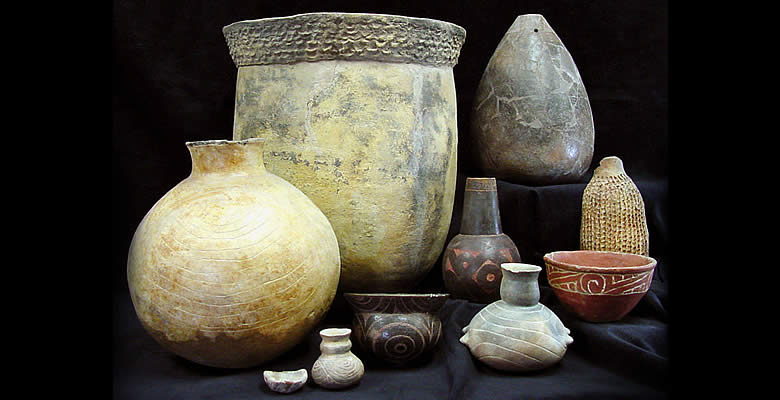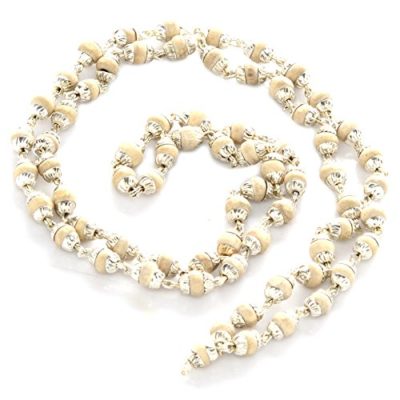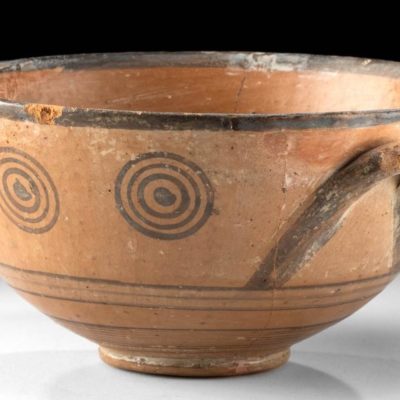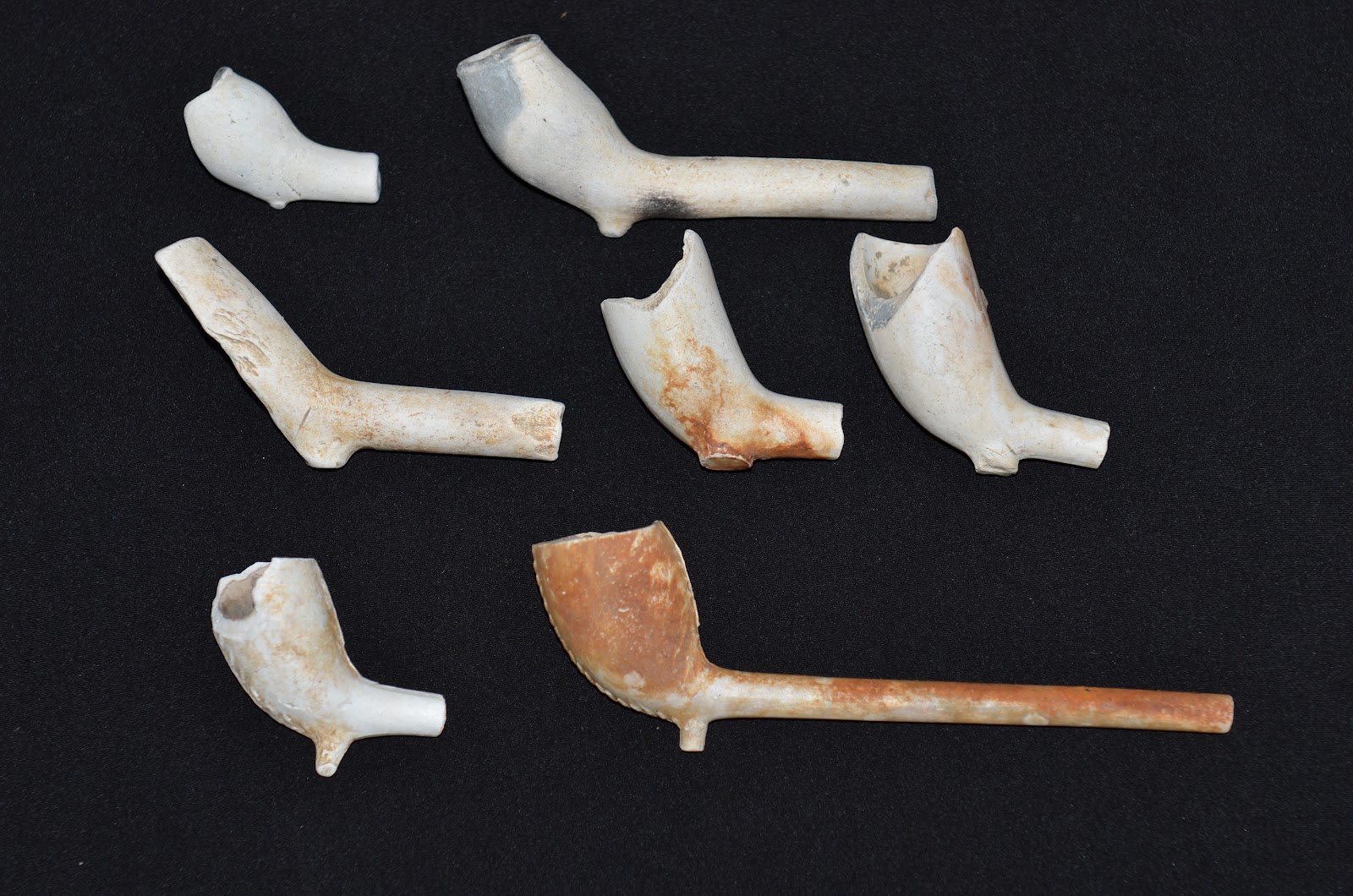During the first century AD, the natives of a culture known today as Marksville, were living in the lower Mississippi River Valley. These people made pottery similar to the vessels made by the ancient Hopewell Culture in the contemporary state of Ohio and there probably was some type of interaction between these two assemblages. The Marksville people evolved, over the next 800 or so years, into a society we call Coles Creek and who, around AD 900, merged with some other peoples slightly farther north and west. Let us skip ahead a few centuries until the Spanish explorers moved through the region in the 1540’s. They met these more westerly Indians who called themselves Tejas and whose name was later altered and became the word we use today for the state admitted into our Union in 1845 – – – Texas. The early Europeans also encountered, in the current states of Arkansas and Oklahoma, ancients known as Kodahadache, whose name was later anglicized into a word most familiar to Indian artifact collectors – – – Caddo

As mentioned above, the Caddo people and their ancestors have made pottery for at least two thousand years and one can assume that during that time, these natives thoroughly learned pottery making techniques. Unlike their contemporary neighbors who lived further east and north nearer the Mississippi River, the Caddoans did not make major use of red, black and white clay slip on their vessels nor did they make lots of fish, fowl, animal and human effigy pots. But that does not mean that they were not master potters. They made, perhaps, the most symmetrical and beautiful vessels ever produced in our country during the late prehistoric through the early Historic Periods. They made the usual bowls, jars and water bottles but they also embellished the surfaces of many of their creations with intricately incised (done on the green or un-fired vessels) and engraved (done on the fired vessels) spirals, scrolls, ticks, lines, appliques and punctuates.
By AD 1200, corn was an integral part of the Caddo people’s diet along with squash, beans and various wild plants in addition to deer, rabbit and freshwater fish. The early European explorers noted that the natives in the Caddo homeland hung corn ears from the ceilings in grain storage buildings, as well as their homes, for the purpose of drying the corn kernels. These dried corn kernals would presumably have then been eaten or saved for planting the following year.
And that brings us to the creation one of the rarest Caddo vessel types – the so called seed jar. The term “seed jar” comes from vessel examples seen in Historic Pueblos. These Southwest jars were globular in shape with a small orifice in the top and were used by the Pueblo dwelling Indians for the storage of seeds, according to early Spanish accounts. The small vessel opening allowed a corncob plug to be inserted in the hole for the purpose of keeping insects and rodents from the enclosed seeds. The Caddo seed jars were similarly made with a small vessel opening, normally around one inch or so in diameter, in the incurved top of the vessel. They have been described as being barrel shaped but since the Caddo, before about AD 1540, would have likely never seen a barrel, the most probable model for these jars was the common gourd which was prehistorically grown by the people. Caddo seed jars are quite rare, are thinned walled and symmetrical and most have no surface motifs though some few were incised or engraved, especially around and/or near the vessel mouth opening. Many of these jars were apparently fired using low heat-low oxygen firing methods which produced an outside surface with mottled grey/black/tan fire cloud colorations. Some are short and wide but most are tall and stout with the ratio of height to width being around two to one. A very few have been found with two or four lugs applied to both the vessel base and top, of which there is no logical explanation.
But were these “seed jars” actually used for the storage of seeds? There is no factual evidence to support this theory and the Spaniards did write that corn was saved by hanging the corn ears in buildings. If these vessels were actually used for the storage of corn, the major Caddo crop in the circa AD 1200-1700 time period, it would seem that many more seed jars would have been found than has actually happened. Also to be considered is the high humidity in the Southeast versus the Southwest where it is much drier. If seeds were placed in one of the jars, in Caddo country, and sealed with a stopper, they would probably have sprouted or mildewed, either of which would have rendered them unusable. Best guess is that these jars were used for some purpose other than the storage of seeds. As is quite often the case in collecting Indian artifacts, the study of these vessels produces more questions than answers. But it is said that questioning the mysteries of life keep us young and young at heart. If that is true, we may all become consummate teenagers as we contemplate the mysteries of the American Indians and the unique Caddo Non-Seed Storage Jar.
REFERENCES:
Bond, Jack
ART OF THE ANCIENT CADDO
2006
Early, Ann M.
“Finding the Middle Passage: The Spanish Journey from the Swamplands to Caddo Country”,
THE EXHIBITION OF HERNANDO DE SOTO WEST OF MISSISSIPPI, 1541-1543
1993
Johnson, Sam
PREHISTORIC CADDO INDIAN POTTERY
1981
Suhm, Dee A. and Edward B. Jelks
HANDBOOK OF TEXAS ARCHAEOLOGICAL SOCIETY
1962
Westbrook, Dr. Kent C.
LEGACY IN CLAY: PREHISTORIC CERAMIC ART OF ARKANSAS
1982





